Feeling front-heavy pressure or neck fatigue with Apple Vision Pro? This practical buyer’s guide compares the Flit Lift Dynamic Lifting System with straps, cushions, counterweights, and battery holders so you can choose the safest, most effective comfort upgrades for how you actually use Vision Pro. ⏱️ 7-min read
What ‘comfort’ means with Apple Vision Pro
Vision Pro is breathtaking, but its mass sits forward. Most people describe “comfort” as a mix of reduced cheek/forehead pressure, less neck effort, minimal battery/cable tug, and better heat management. That’s the basis for every recommendation below.
Use these criteria to compare comfort accessories:
- Weight distribution: How much frontal load is offloaded or rebalanced
- Adjustability: Fine tuning for head shape, eye relief, and daily variation
- Portability: Stationary desk use vs walking around the house vs travel
- Setup effort: From quick strap swaps to installed hardware
- Price: Free fit tweaks, midrange add‑ons, and premium lifting systems
Flit Lift explained: how it works and who it’s for
How Flit Lift’s Dynamic Lifting System works
Flit Lift suspends the Vision Pro from above with a balanced, dynamic lifting mechanism. By counteracting the headset’s forward mass, it offloads most of the weight you’d normally feel on your cheeks and forehead. The result is a near “weightless” feel that shines during long, seated or standing desk sessions where you don’t need to roam.
Who benefits most
- Creators and developers working in Vision Pro for hours at a time
- Anyone who feels neck strain or pressure hotspots within 20–30 minutes
- People with sensitive skin or those who prefer minimal face contact
Trade‑offs to consider
- Installation: Requires a ceiling mount, wall boom, or rated desk clamp
- Play area: Best in a defined workspace; not intended for walking around
- Aesthetics: You’re adding visible hardware to your setup
If your top priority is maximum offload for multi‑hour comfort, Flit Lift is in a different league than straps or counterweights. If you need portability, read on for lighter‑touch options.
Apple bands vs third‑party straps: balancing without hardware mounts
Apple’s Solo Knit vs Dual Loop Bands
- Solo Knit Band: Quick and clean. It’s comfortable for short sessions but can concentrate pressure on the forehead if you tighten it to reduce slippage.
- Dual Loop Band: Two points of adjustment spread pressure better and reduce the “front-heavy” feel. For many users, this is the best everyday swap.
When a top strap helps
A simple top strap add‑on shifts some load to the crown of your head, countering the front tilt without over‑tightening the sides. It’s a small change that often yields big gains in balance and clarity because the optics sit steadier.
What to look for in third‑party straps
- Rigid or semi‑rigid anchors that resist droop and keep optics aligned
- A wide strap surface to disperse pressure across more area
- Micro‑adjustability (dial or incremental ladder) for precise fit
- Sensor‑safe attachment that doesn’t touch or obstruct cameras, vents, or speakers
Straps are great for day‑to‑day use and moderate sessions. They don’t remove weight; they redistribute it.
Face interface and seal tuning: cushions, sizing, and inserts
Your face interface sets both comfort and visual clarity. Apple’s Light Seal and Cushion options subtly change eye relief and pressure points.
- Light Seal sizing: A correct seal size prevents pinching and helps the headset sit level, reducing cheek hotspots.
- Cushion thickness: Thicker cushions can ease cheek pressure and may improve comfort for longer sessions; thinner cushions can enhance clarity if they stabilize the optical sweet spot.
- ZEISS Optical Inserts: If you wear glasses, inserts remove temple and bridge pressure entirely and can improve the seal. They’re worth it for both comfort and fidelity.
Tip: Book an in‑store fitting session to test Light Seal sizes and cushion thicknesses. Small changes here often outpace any strap upgrade.
Battery and cable management that reduces tug
Cable pull creates constant micro‑tension you can feel in your face and neck. Managing the battery and route makes a real difference.
Belkin Battery Holder (clip/strap)
Belkin’s Battery Holder anchors the pack at your belt or shoulder strap so it doesn’t drag from a pocket. Keeping that weight high and close to your torso minimizes tug on the headset.
Simple routing that works
- Over‑shoulder path: Route the cable over your shoulder to shorten the free span
- Clothing clip: Add a lightweight clip at the collar or shoulder to hold the cable
- Slack loop: Leave a small loop near the headset so turning your head doesn’t tighten the line
These changes don’t cost much, but they remove the “constant pull” that tires you out.
Counterbalance options: rear weight trade‑offs
Counterbalance kits or rear pouches place small weights at the back of the strap to shift the center of gravity. You’ll feel better balance, but total mass goes up—your neck still has to support the combined weight.
- Pros: Reduces forehead pressure and improves stability for short to moderate sessions
- Cons: More overall weight; can be warm at the back of the head; not ideal for long, daily use if you’re sensitive to neck load
Vision Pro specifics:
- Avoid covering cameras, vents, or speakers
- Keep clear of side sensors and the top edge
- Use reversible, non‑adhesive mounts where possible to stay warranty‑safe
Setup and safety: install, fit, and care the right way
Flit Lift installation
- Mount into studs, masonry anchors, or use a rated desk clamp from a reputable brand
- Maintain a straight, vertical line from the lift to the headset to avoid side pull
- Add a quick‑release or breakaway connector for safety
- Test full range‑of‑motion seated and standing before long sessions
Straps, seals, and cushions
- Do not block cameras, vents, speakers, or sensors with third‑party parts
- Clean cushions with manufacturer‑approved materials; replace if compressed or worn
- Adjust so jaw movement isn’t pinched; you should be able to speak and chew comfortably
- Re‑fit after adding ZEISS inserts or changing cushion thickness
Battery and cable
- Secure the battery to your belt or shoulder; avoid loose pockets
- Use a small slack loop near the headset to prevent micro‑tension
- Keep cables away from sharp edges or moving chair parts
What to buy by use case and budget
Stationary, multi‑hour work or existing neck strain
- Best pick: Flit Lift Dynamic Lifting System for maximum weight offload
- Nice‑to‑have: Dual Loop Band for fine fit when you step away from the lift
- Essentials: ZEISS Optical Inserts if you wear glasses; Belkin Battery Holder to eliminate tug
Daily mixed use (1–2 hour sessions, around the house)
- Best pick: Apple Dual Loop Band plus a low‑profile top strap
- Optional: Slightly thicker cushion to reduce cheek pressure
- Add: Belkin Battery Holder or a clothing clip and slack loop for cable comfort
Pressure‑sensitive faces or fit challenges
- Best pick: In‑store Light Seal sizing and cushion swap to tune eye relief
- Add: ZEISS Optical Inserts to remove eyeglass pressure and improve the seal
- Consider: Flit Lift if pressure persists during longer sessions
On‑the‑go comfort
- Best pick: Dual Loop Band or well‑made third‑party strap with micro‑adjustment
- Essentials: Belkin Battery Holder, over‑shoulder routing, and a slack loop
- Avoid: Counterweights if you walk a lot; they add mass and warmth
Budget tiers
- $0: Fit tweaks (strap angle, light seal placement), cable slack loop
- $20–$60: Top strap, clothing clips, simple cable management
- $60–$150: Battery holder (Belkin), upgraded cushions or alternative straps
- $150–$400: ZEISS Optical Inserts, premium third‑party strap systems
- $300–$700+: Flit Lift Dynamic Lifting System and mounting hardware for pro‑level comfort
Bottom line: If you need the headset to feel nearly weightless for serious work, choose Flit Lift. For everyday comfort without installation, start with the Dual Loop Band plus a top strap, tune the face interface, and manage the battery and cable. Layer these upgrades to match your routine—and your neck will thank you.



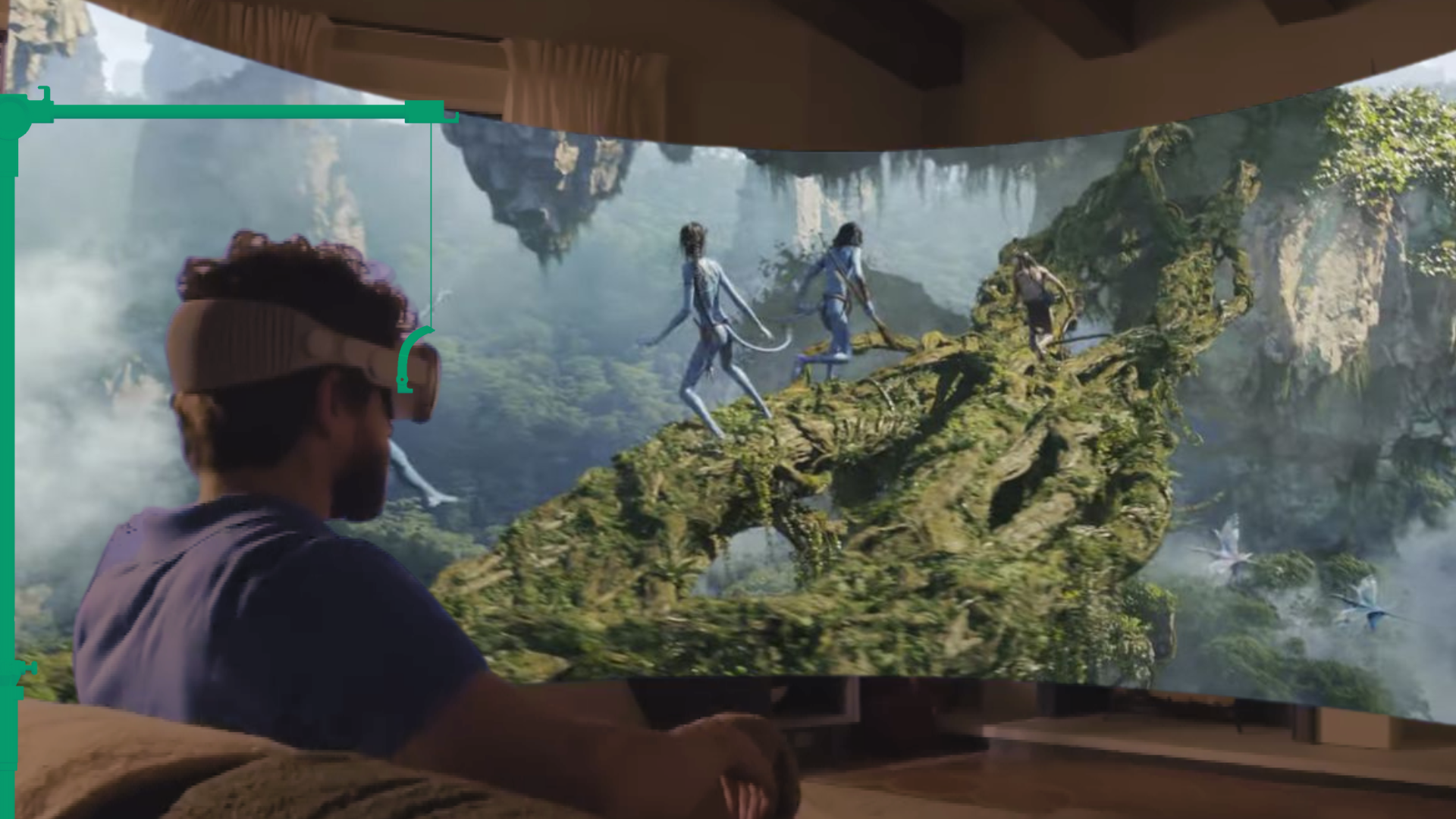
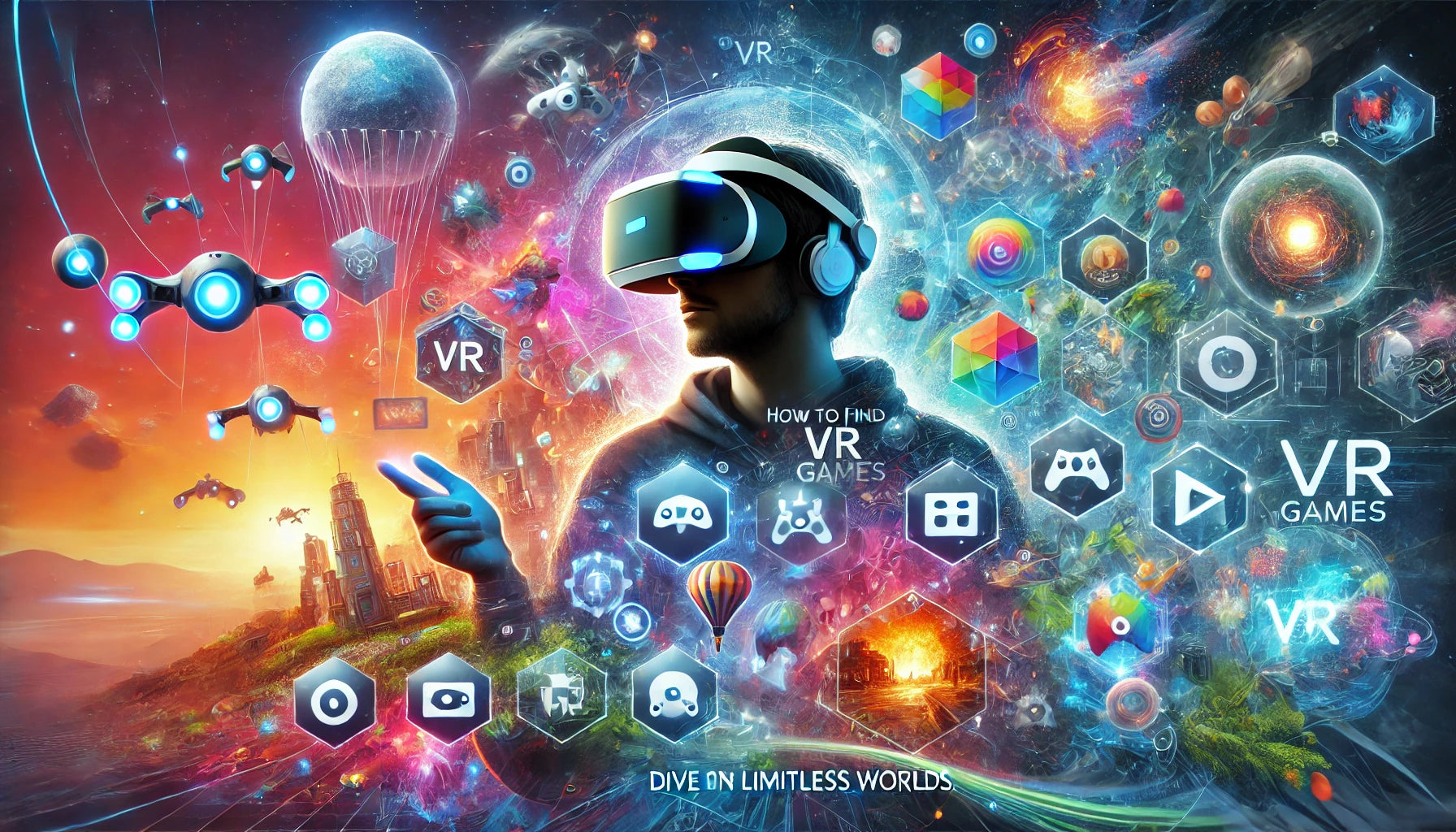
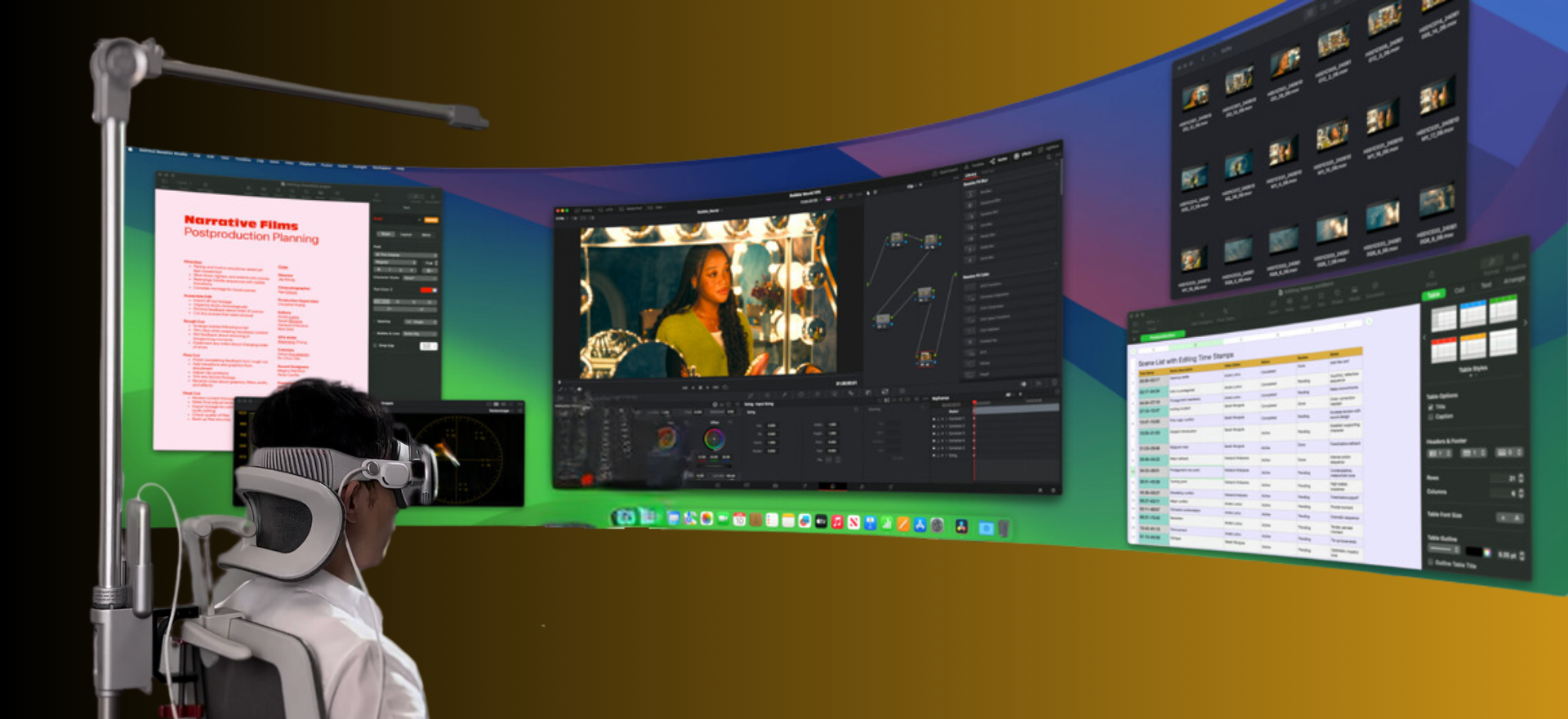
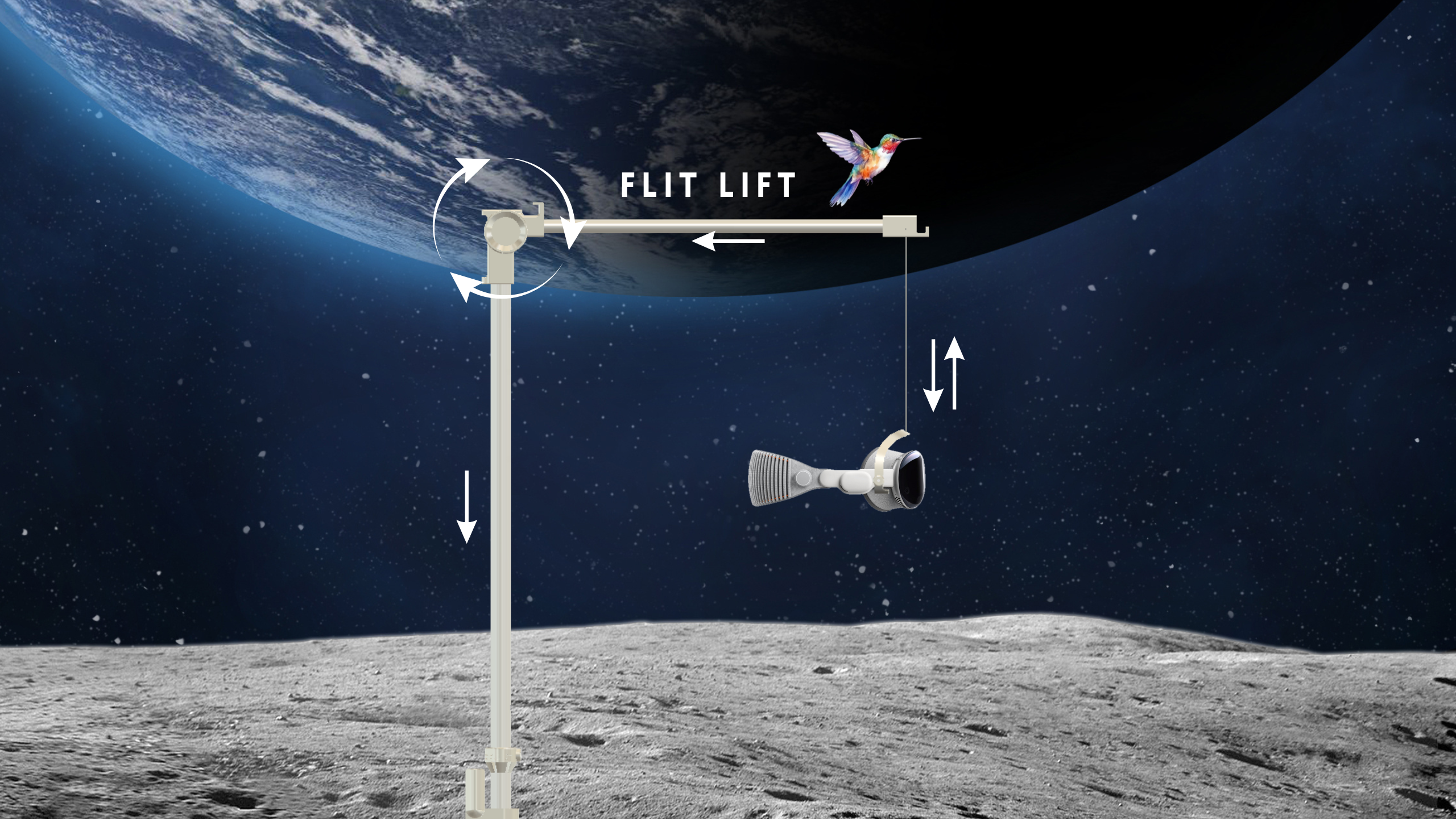
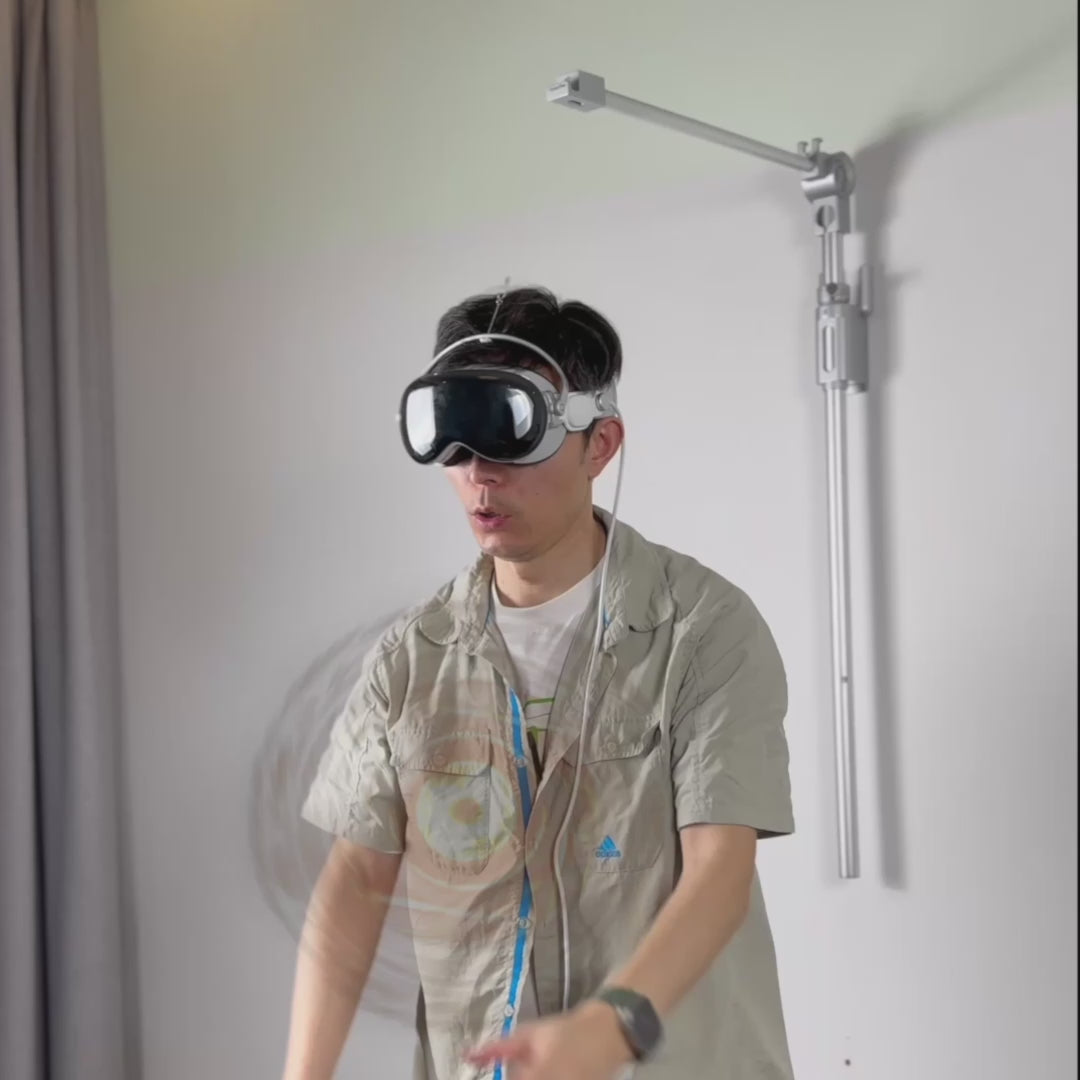
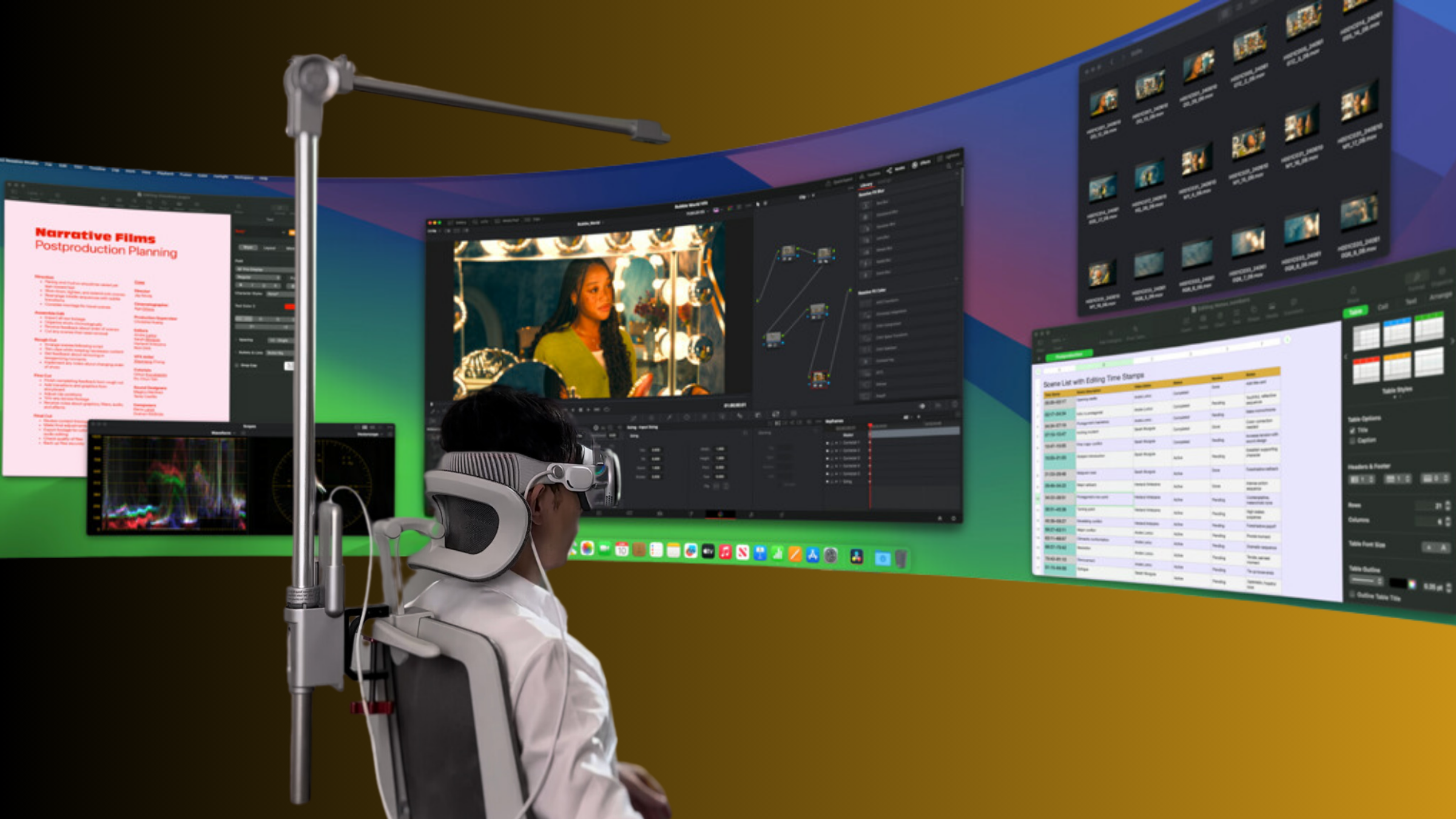
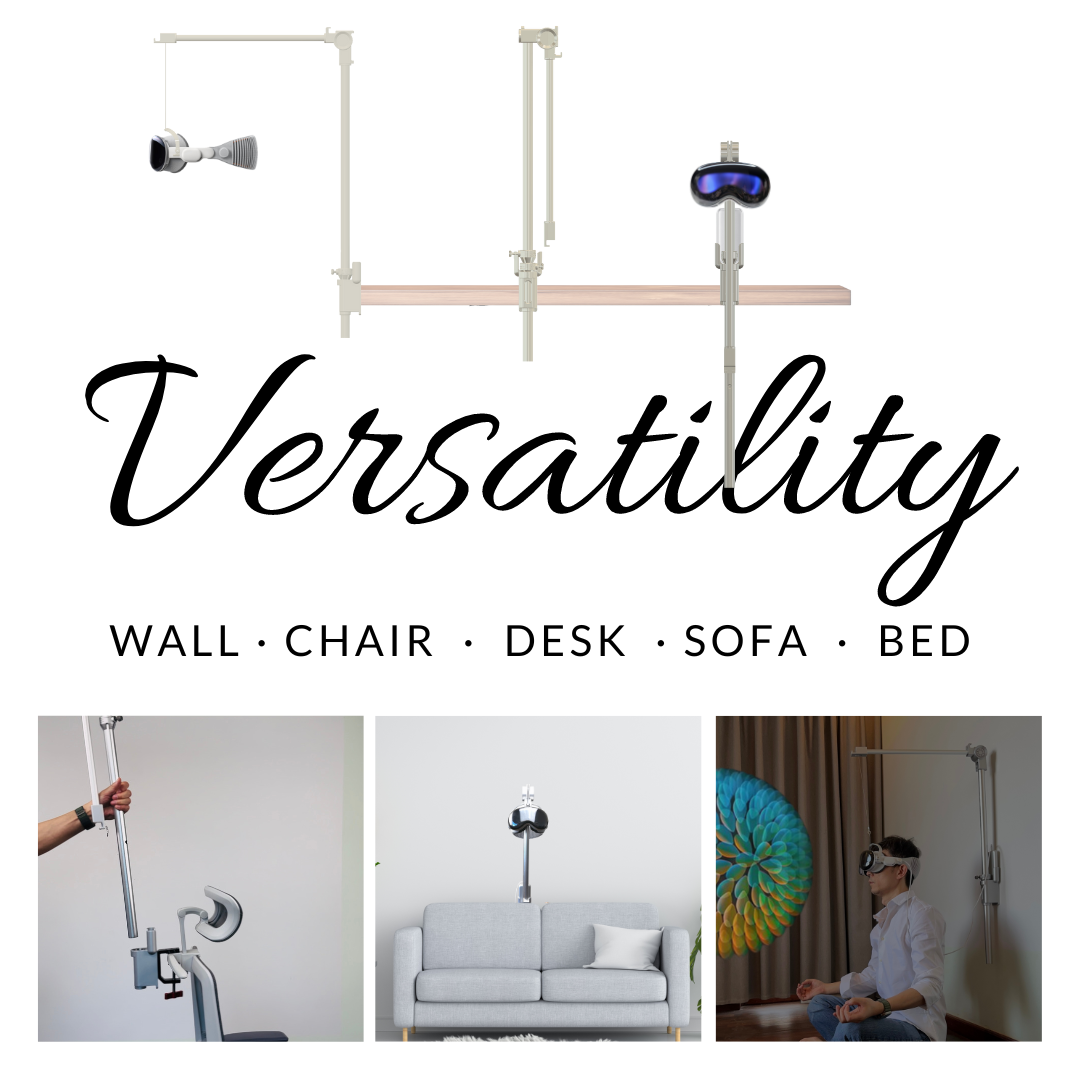
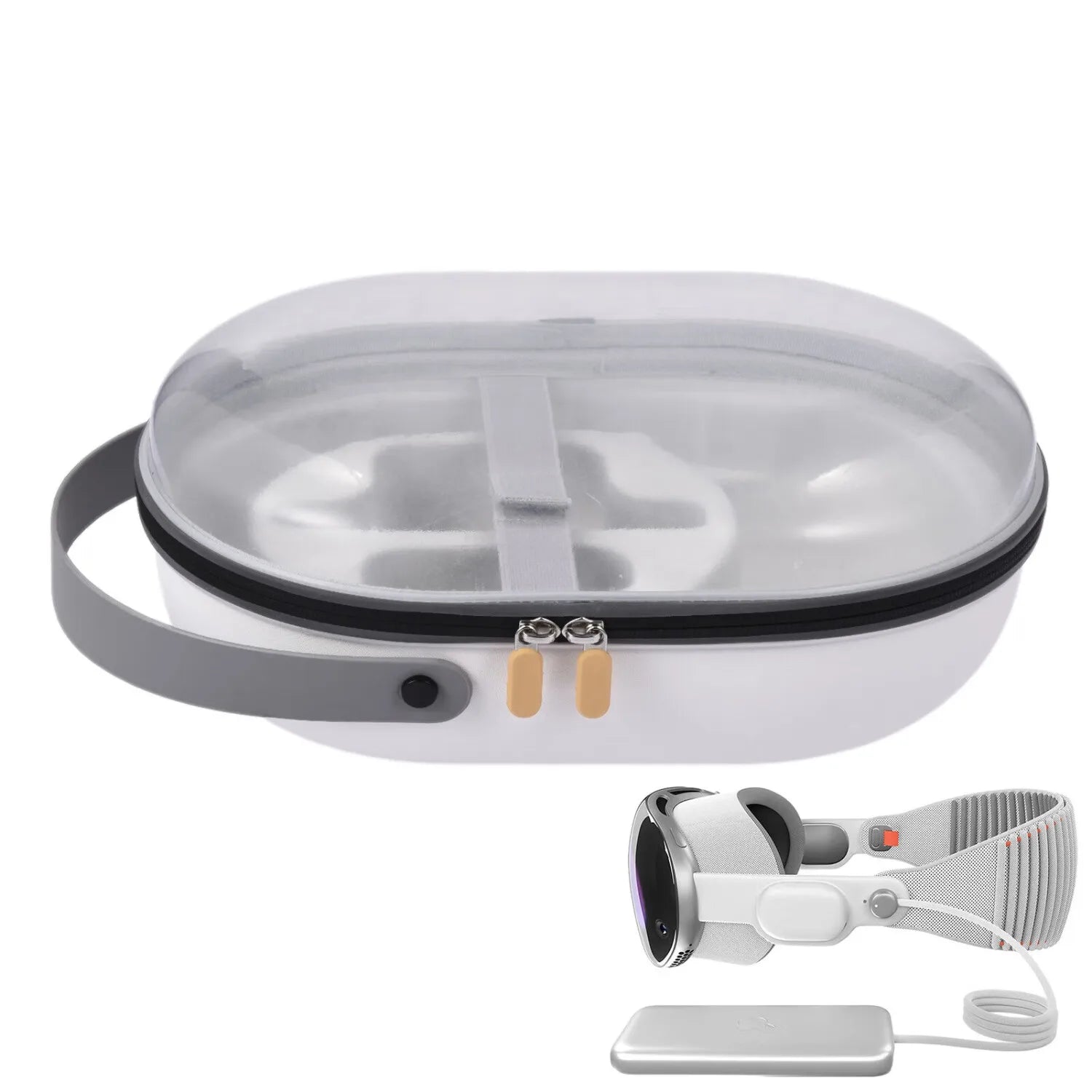
Share:
Teaching and Presentations with Apple Vision Pro: How to Stay Comfortable During Demos
Comfortable travel with Apple Vision Pro: battery carry, cases, and on-the-go setup